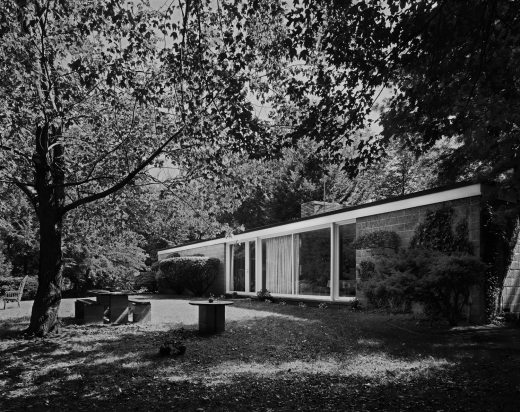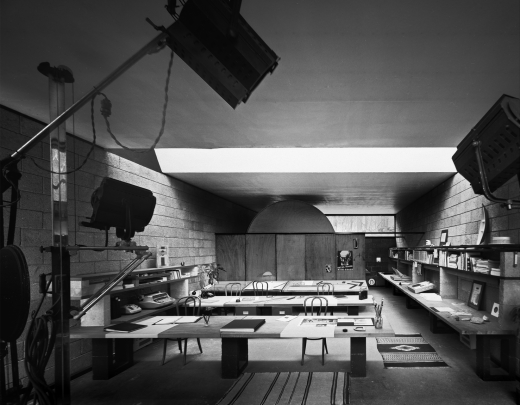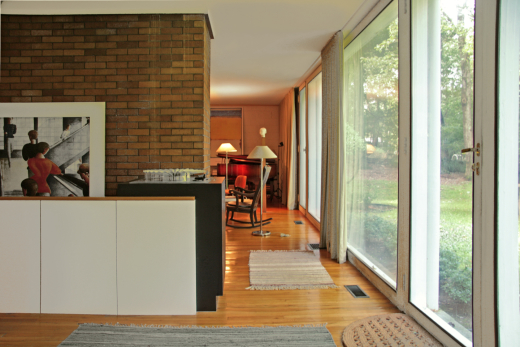Philip Johnson’s 1946 Booth House, in Bedford, New York is threatened and in urgent need of new custodians. Award winning architect and pioneering architectural photographer Robert Damora (1912 -2009) and his wife, architect Sirkka Damora, moved into Philip Johnson’s Booth House in 1955 thinking of it as temporary housing until they could build a home of their own design. The spare elegance of the Booth House evoked a simple, informal, unencumbered life style that suited them: they never left. When you find environment that soothes your soul there is little motivation to move on. Now 62 years after arriving at the house, at age 93 Sirkka finds the rural life there difficult to manage physically, and she is financially unable to continue in the house. The house must be sold. Sirkka is more concerned with finding appreciative stewards who will preserve the house than she is with the financial return from its sale. Unfortunately the future of the house is threatened unless she can find those custodians to pass it on to in rather short order.
Built in Bedford, NY for a city couple as their country retreat, the Booth House was Philip Johnson’s first constructed commission. Precursor to New Canaan’s Moderns, including Johnson’s personal residence the famous Glass House, it was erected in 1946 just as private building resumed after World War II and before the Harvard 5 (Johnson, Breuer, Johansen, Noyes, & Gores) moved to Connecticut just a few miles away. While Johnson built a house in Cambridge, MA as his thesis project while still a student, the Booth House is the first built structure attributable to a graduate of Harvard’s influential Graduate School of Design program led by Walter Gropius ̶ truly a landmark in the history of Modern Architecture.




